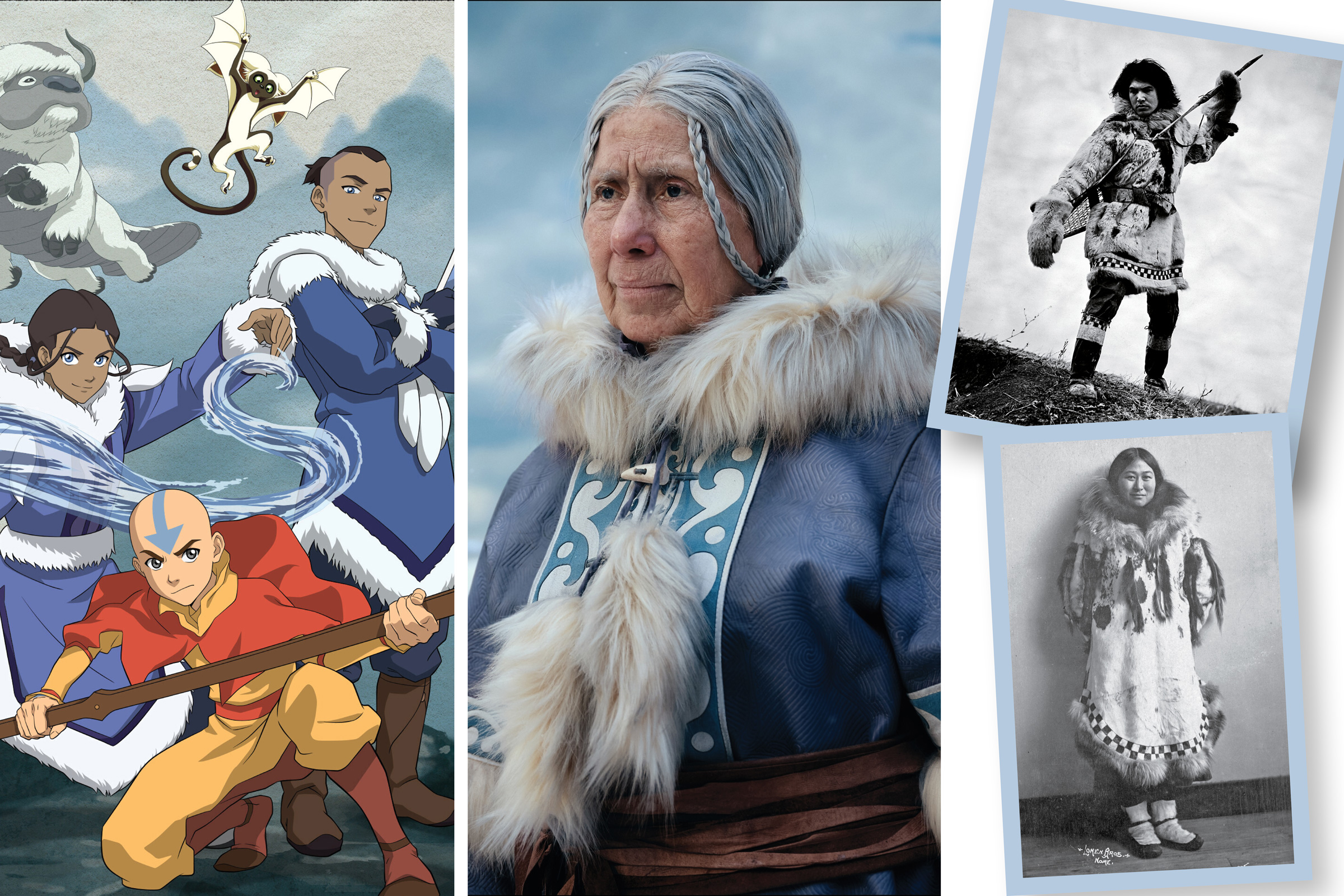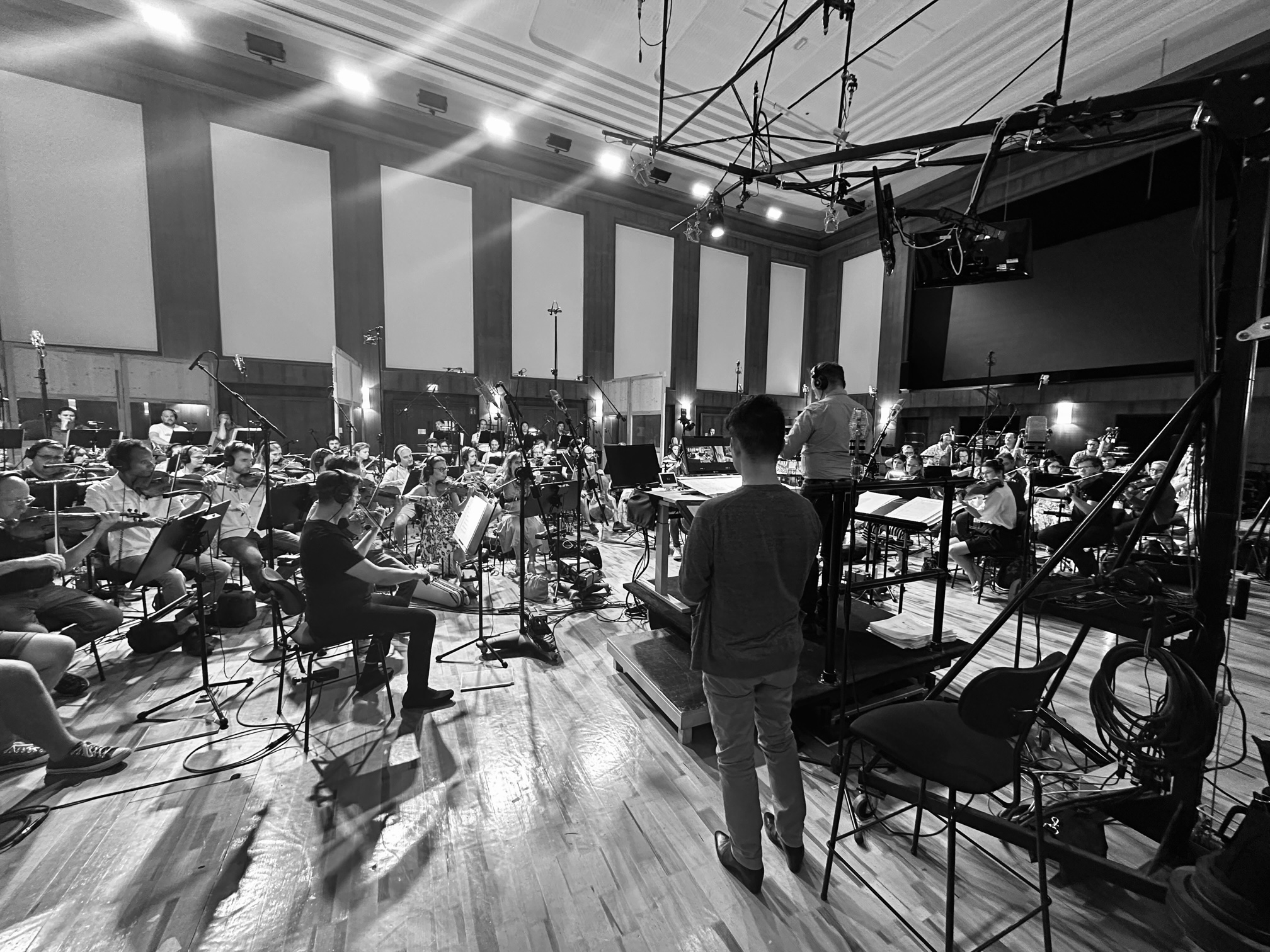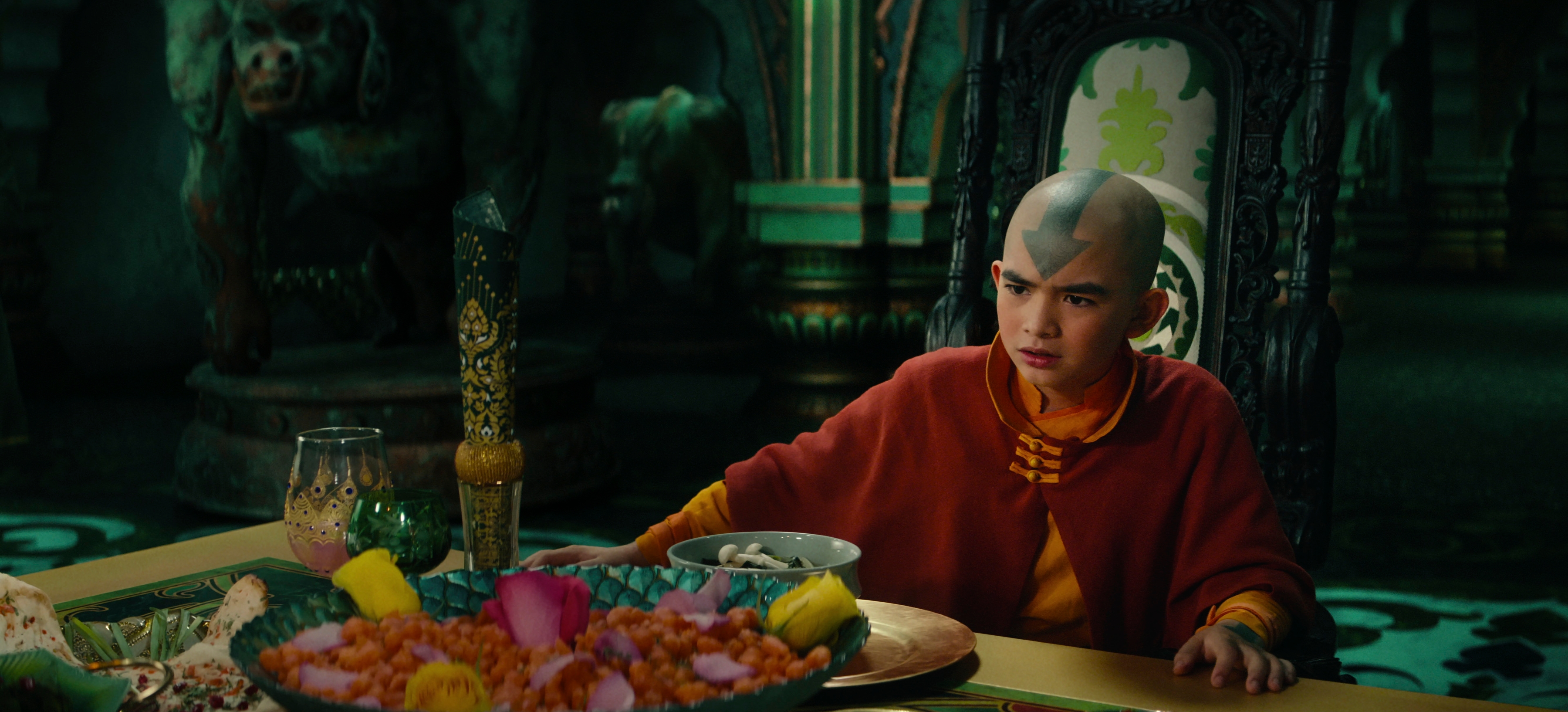While fictional fantasy series transport viewers to impossible worlds full of magic and mysticism, they also tend to look an awful lot like medieval Europe. The Lord of the Rings, Game of Thrones, The Witcher and many of the most famous fantasy films and TV series explicitly pull from Western folklore and mythology, meaning that even worlds that are designed to stretch the bounds of our imagination are Euro-centric at their core.
And then there’s Avatar: The Last Airbender, the fiercely beloved animated Nickelodeon series from 2005. Avatar, not to be confused with James Cameron’s film series, depicts an epic power struggle between four nations who channel the elements of water, fire, air and earth, respectively, in battle. And although Avatar was an American production, its creators forged a distinctly Asian world, with influences from monastic Tibet, Thai kingdoms, and Japanese villages, as well as Arctic indigenous communities.
This unique approach was not lost on the TV writer Albert Kim when he watched the series with his daughter. “It was incredibly rare back then—and frankly even now—to find this epic fantasy world that draws its influences from Asian and indigenous cultures,” he says. When the pandemic hit in 2020, Avatar saw a massive resurgence, topping Netflix viewership charts. Now, Kim is the showrunner of a live-action series adaptation, which arrives on Netflix on Feb. 22 facing enormous expectations from the show’s faithful fanbase. As Kim navigated Avatar’s nuanced character arcs, turbulent sociopolitical themes, and ambitious visual tableaus, he made it a priority to center Asian cultural specificity, in order to ground the characters, deepen the world’s lore, and provide badly-needed representation.
Virtually every aspect of Avatar, from costumes to props to stunt coordination, required deep cultural research and collaboration. From Japanese folk musicians to indigenous parka designers, here are some of the key ways that the show’s creators paid homage to Asian cultures.
Martial Arts
At the heart of Avatar is the telekinetic practice of “bending,” in which warriors channel natural elements against their opponents. Each type of bending is inspired by a different form of Chinese martial art. Earthbenders, who raise rocks out of the earth, emulate the weighty Nanquan style, which stays low to the ground. Firebenders, in contrast, practice Changquan, a sharp, explosive style. Stunt coordinator Jeff Aro also crafted hybrid fighting styles for characters including Aang (played by Gordon Cormier) as they traveled to other nations and learned their techniques. “We wanted to treat martial arts like language,” he says.
Costume

Much of Avatar is set in polar regions based on those that are home to Inuit and other indigenous cultures. Costume designer Farnaz Khaki-Sadigh embarked on months of research on those cultures, including studying the carvings on whale bones and antlers in museums. She also sought counsel from indigenous elders and hired indigenous artists directly. That included Taalrumiq, an Inuvialuit artist based in British Columbia. Taalrumiq created geometric designs for parka trims, which traditionally could signify a wearer’s family or status level. Taalrumiq’s trim featured blue wavy patterns inspired by growing up on the Arctic Ocean.
When Taalrumiq was asked to design for the show, she was already a fan of Avatar, having watched it with her children over the pandemic. She says she was excited about being part of a show with such massive international reach. “All the Inuvialuit come from a small population who survived genocide, disease, residential schools,” she says. “It can feel like we have so many challenges that we have to overcome to see a little success. So seeing my work in this production is going to be so uplifting; to know that we can go out into the world and be successful like anyone else.”
Architecture
The original Avatar animated series was visually stunning, and filled with wondrously complicated buildings—perhaps partially because no one had to actually build them. For this adaptation, production designer Michael Wylie spent months constructing sets resembling architecture across India, China and Thailand. One particularly mammoth project was a 30-foot-tall set modeled after centuries-old Tibetan temples. (See the top of this article.) Wylie and his team pulled together “terabytes” of reference photos to create a temple design with an open fretwork ceiling, series of identical columns, and plenty of gold leaf. In his research, Wylie was struck by the slow, methodical pace of Tibetan builders, carrying trees up the mountain one at a time. While Wylie had much stricter time constraints, he tried to incorporate individual craftsmanship where he could. “There were a lot of artisans on ladders and scaffolds,” he says. “We would giggle that after all these years, there were still people lying on their backs, painting patterns on the ceiling of a temple by hand.”
Music

Los Angeles is home to some of the world’s best session musicians. But Avatar composer Takeshi Furukawa chose instead to go abroad in order to record many sections of his score. “It was really important to me that we go to people who breathe the air and drink the water of that area,” he says. Furukawa staged recordings in Tokyo, Beijing, Mumbai, and Chennai for music that corresponded to cities inspired by those locales. For the Tokyo sessions—which play over the the protagonist Aang’s trip to the fictional Kyoshi island—Furukawa hired about 20 musicians, including an eight-person choir, and players of Japanese instruments like the shakuhachi, biwa and koto. Furukawa leaned into the differences between Eastern and Western music, and embraced what Western classical purists might call imperfections. “The notes wouldn’t be the same pitch, which led to a weird rub between the orchestra and a Japanese flute,” he says. “But that’s the flavor and the spice.”
Food

In one episode, Aang and his friends travel to the city of Omashu, which is based on the cultures of South Asia, filled with bazaars, saris, and brightly-colored fabrics. For the episode’s giant palatial feast, director Jabbar Raisani summoned memories of attending a wedding in Pakistan, his father’s homeland. “I told our propmaster, Nevin Swain, that the food needed to be crazy vibrant colors, particularly the desserts,” Raisani says. Swain then worked with two Vancouver restaurants to cater the feast, one of which concocted a fake version of dosa that wouldn’tdisintegrate during the long shooting day. The result was a delectable whirl of orange, red and yellow, served on copper plates that reflected everything back at the camera.

